Polly7
TPF Noob!
- Joined
- Mar 14, 2017
- Messages
- 2
- Reaction score
- 1
- Can others edit my Photos
- Photos OK to edit
Hi everyone!
I am a beginner in photography and I'm trying to choose a right camera for my work. I am actually a graphic designer and I need a camera for small set design/studio photography and professional portfolio photography. So, I don't need camera for outdoors or sports, just indoors. Since I am not a professional photographer, I am looking for more budget friendly camera, but also a good quality image.
What I was looking at until now was: Canon Rebel T6i - Canon Rebel T63 and Nikon 7000 - Nikon 7100, but I'm not sure if I'm on the right path. Can you please help me choose a right camera for my work?
I added an image of similar photography style I will be doing , so you have a better idea what i need.
Add/Ends - Leta Sobierajski
Behance
Thank you.
Please do not post images to which you do not hold rights. You may post links.
I am a beginner in photography and I'm trying to choose a right camera for my work. I am actually a graphic designer and I need a camera for small set design/studio photography and professional portfolio photography. So, I don't need camera for outdoors or sports, just indoors. Since I am not a professional photographer, I am looking for more budget friendly camera, but also a good quality image.
What I was looking at until now was: Canon Rebel T6i - Canon Rebel T63 and Nikon 7000 - Nikon 7100, but I'm not sure if I'm on the right path. Can you please help me choose a right camera for my work?
I added an image of similar photography style I will be doing , so you have a better idea what i need.
Add/Ends - Leta Sobierajski
Behance
Thank you.
Please do not post images to which you do not hold rights. You may post links.
Last edited:


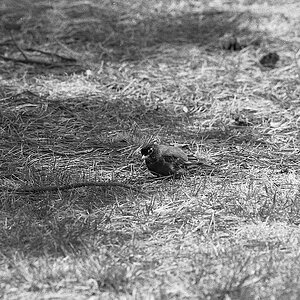
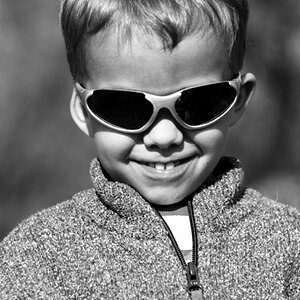
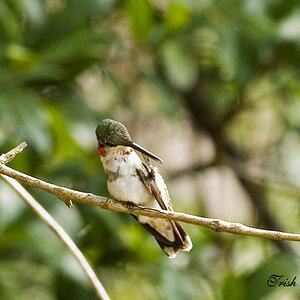
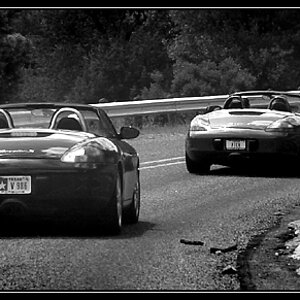
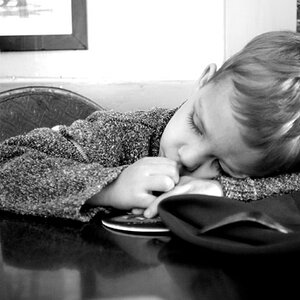
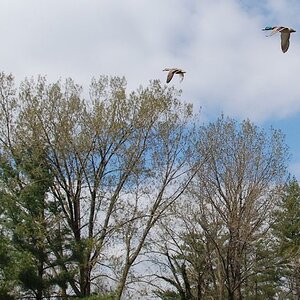
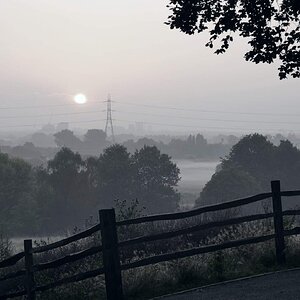
![[No title]](/data/xfmg/thumbnail/30/30882-ce388519574371448d7493784524607a.jpg?1619734495)
![[No title]](/data/xfmg/thumbnail/30/30881-c36788e79b12973b7bf57c94b46961e9.jpg?1619734495)
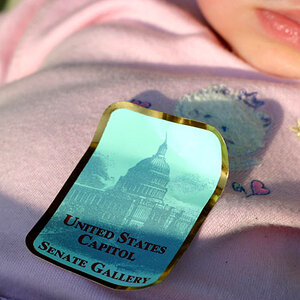
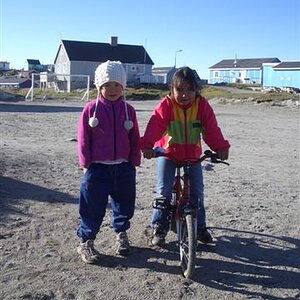
![[No title]](/data/xfmg/thumbnail/38/38263-ad5e4c9e677626ddb5b1e7cdf9ebe40e.jpg?1619738548)